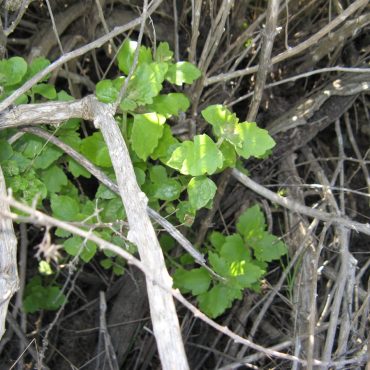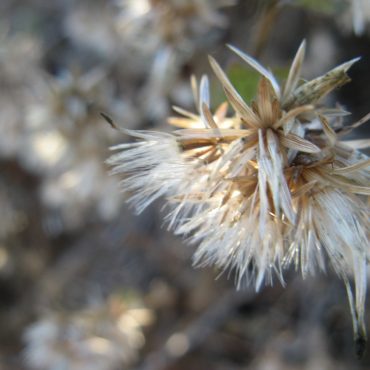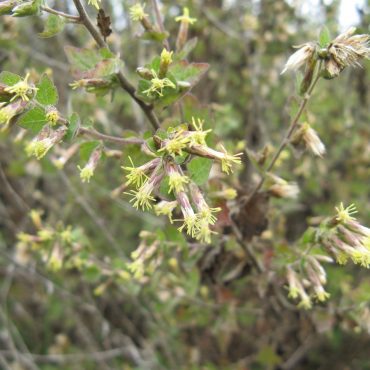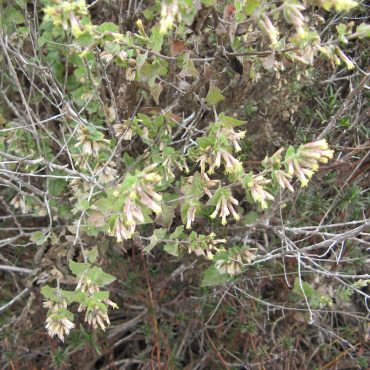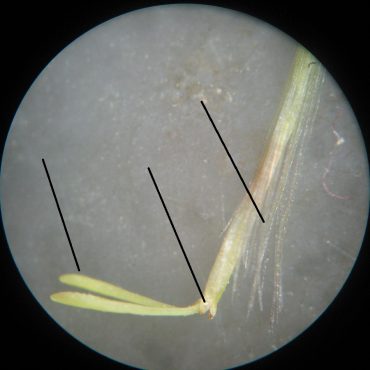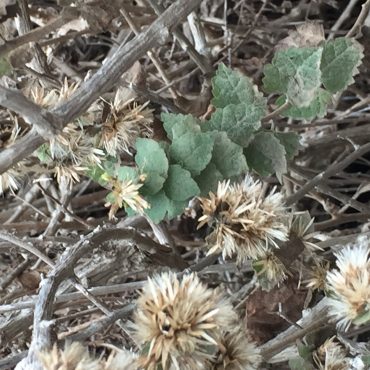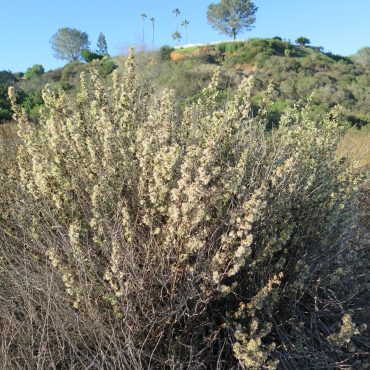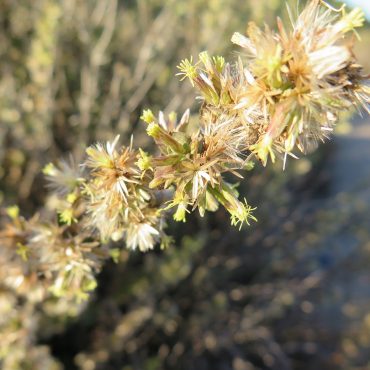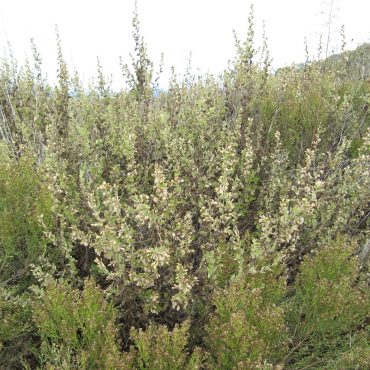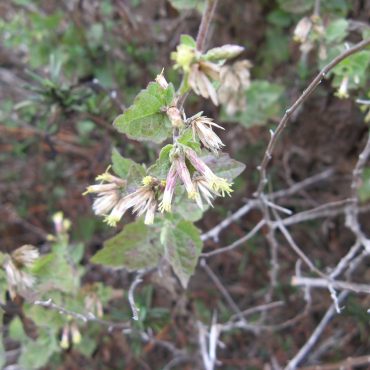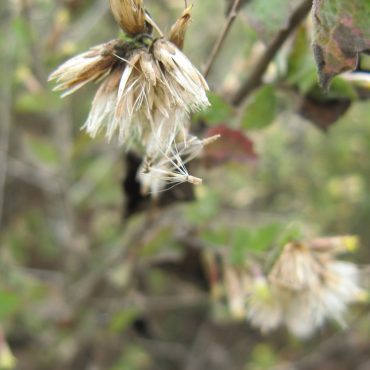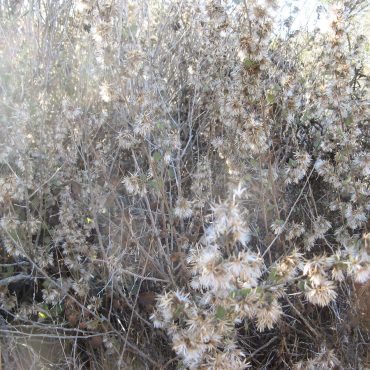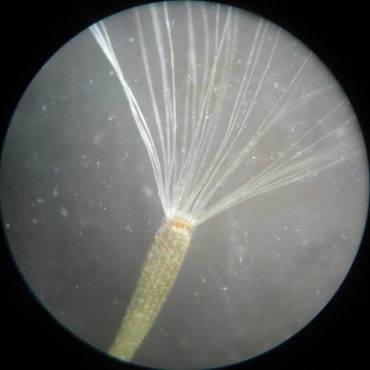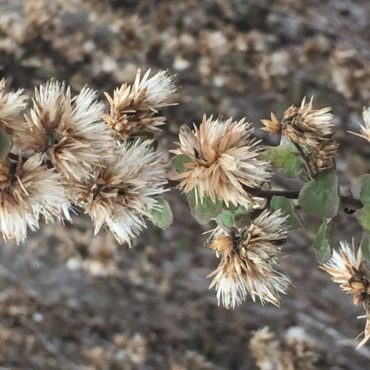Description
4,59,292
California brickellbush is a much-branched, upright shrub that grows to about 4 1/2 feet (1.5 meters) from a short woody base. Leaves are heart-shaped or oval with irregularly scalloped margins. The lower leaves may reach 4 inches (10 cm) in length but are usually smaller; leaf size decreases markedly toward the upper part of the plant. Both leaves and stems covered with short hairs and tiny dot-like glands.
Flowers occur in leafy, compound clusters of many small flower heads. Flower heads are elongate with fewer than 20 florets. The phyllaries are hairless, in several rows, ranging in color from green to reddish; the inner phyllaries are much longer than the outer. While in bloom, the phyllary tips are held upright, close to the flower head. The elongate flower heads consist of 20 or fewer bisexual disk florets. The pappus is one whirl of about 25 pale, reddish brown bristles. Petals are whitish or tinged reddish united into a slender tube which has five lobes and is largely obscured by the pappus. There is one pistil with an inferior ovary which has a single chamber with one seed. The two-branched style extends well beyond the tube of petals. Together, the styles of all the flowers form a yellow mop-shape, the most conspicuous part of the flower head. There are five stamens. The anthers are united into a column about the pistil and do not extend beyond the petals. Flowers produce a strong, sweet smell in the evenings. California brickellbush is usually in flower for two to four weeks between May and December.1,59
In the fruiting stage, the phyllaries become brown and extend away from the flower head, giving the flower head an untidy appearance. The fruit is a narrow, ten-ribbed cylinder about half as long as the pappus, which forms a parachute at one end to carry the seed from the parent plant.


